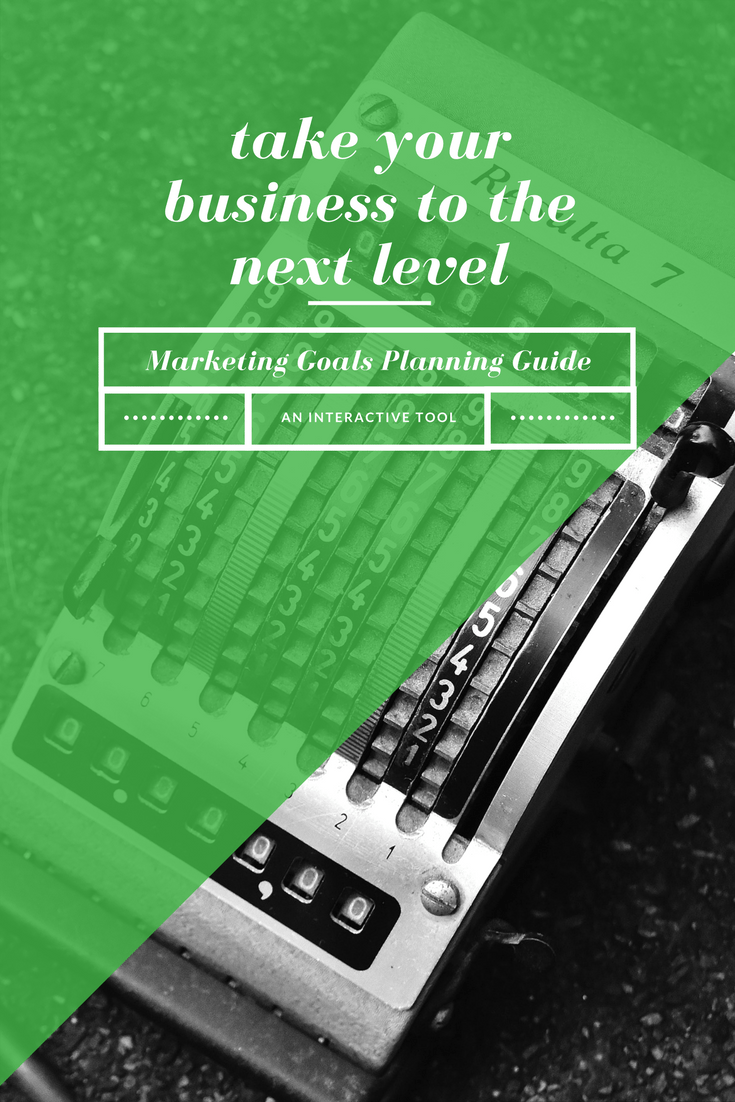If you would like to stop praying for growth and gain some certainty about what you need to do, this planning tool will change the future of your business. Download it now and set SMARTER goals today!

Are You Ready To Take Your Brand To The Next Level?
You've taken the time to build your business. You know you need a solid brand if you want to survive. It's time to let Visceral Concepts help you do it.
Your consultation will:
Fill Out This Information And We'll Get Back To You Shortly!